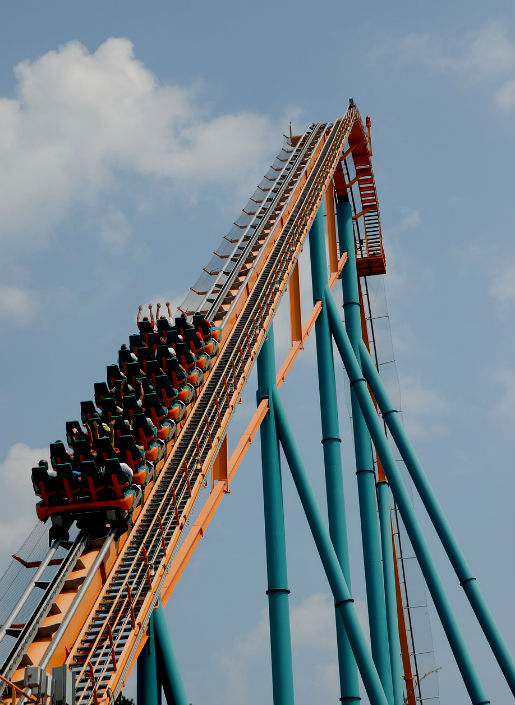Ride Operator Instructions
When you board a ride, make sure you are paying attention to any instructions given to you. With rollercoasters, you’re often told to keep your arms and legs inside the car. Some rides may also include a suggestion to secure loose clothing and remove hats and sunglasses. The operator should do a seatbelt check as well. You can keep the ride from being delayed by fastening yours as soon as you sit down.
Pay Attention to Signs
Signs in amusement parks serve multiple purposes. They can warn you of dangerous, restricted areas that you shouldn’t enter. A sign can also let you know of potential health risks of riding a particular attraction. The fast motion of some thrill rides may put you at risk of injury if you’re pregnant, and those with heart conditions may not respond well to the fast-pace of all the actions surrounding them.
Park Responsibility
Amusement park officials have a responsibility to keep guests safe and secure during their stay. Staff should be knowledgeable of risks, and each employee needs to be on alert for potential dangers. It’s also the duty of the park to uphold ride maintenance and perform safety checks. When accidents do occur, a personal injury lawyer typically looks into whether or not the ride was up to code.
Stay Safe and Have Fun
❃
Safety Awareness and Notifying Staff
Once your home is restored and like new again, it’s time to get ready to move back in. But before you do, make sure your regular water supply has been officially declared safe by your local authorities. You should also make sure all your flood-contaminated belongings are either discarded or thoroughly cleaned and dried before you bring them back into your newly restored home.
